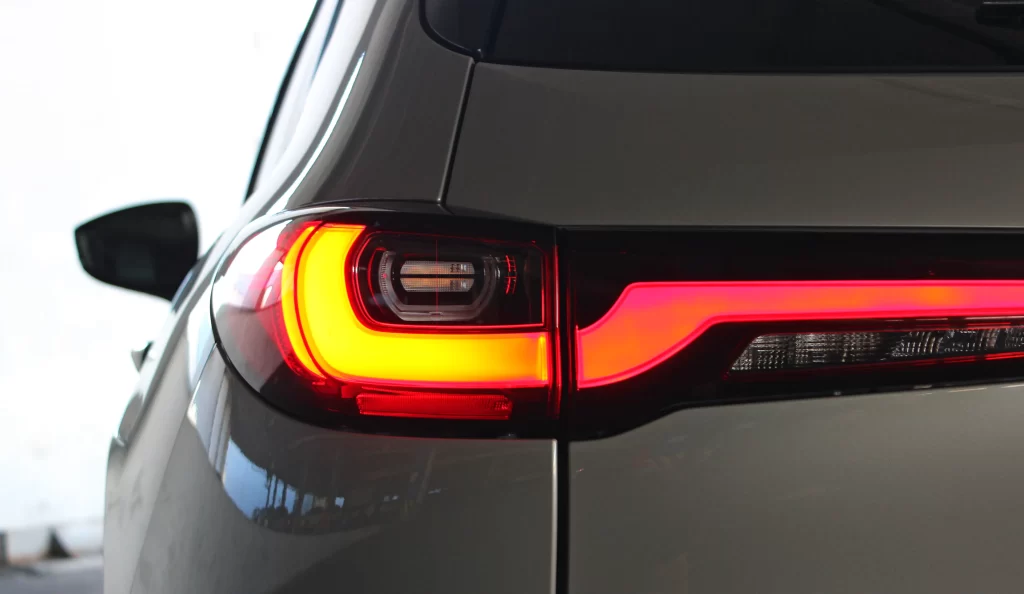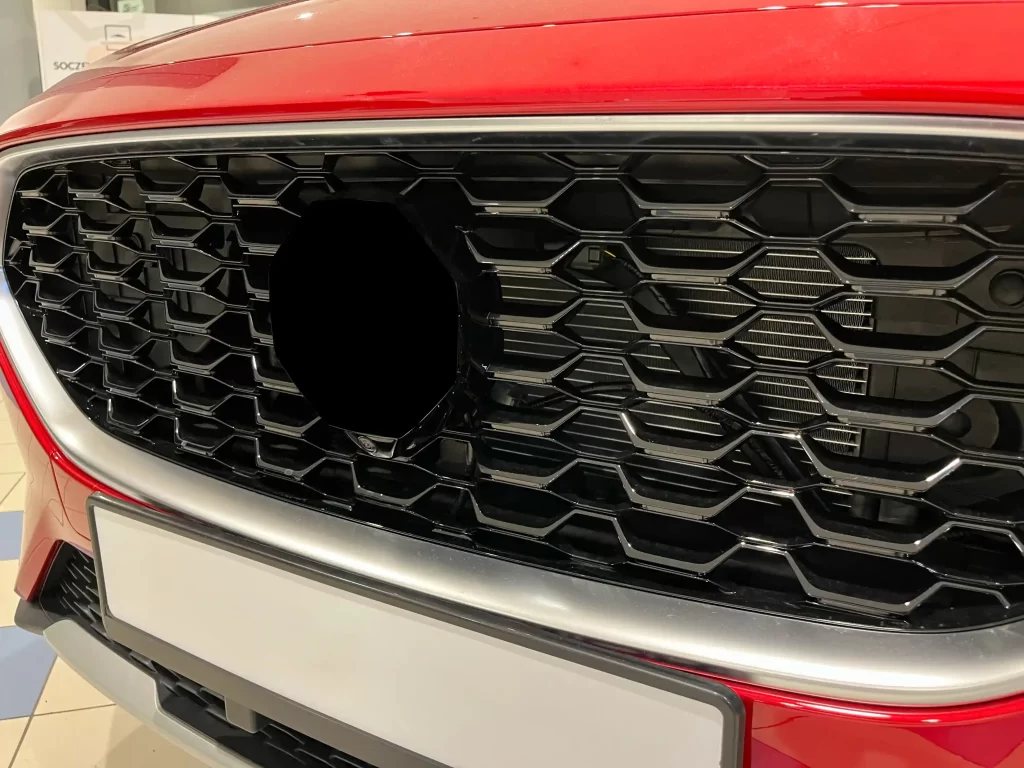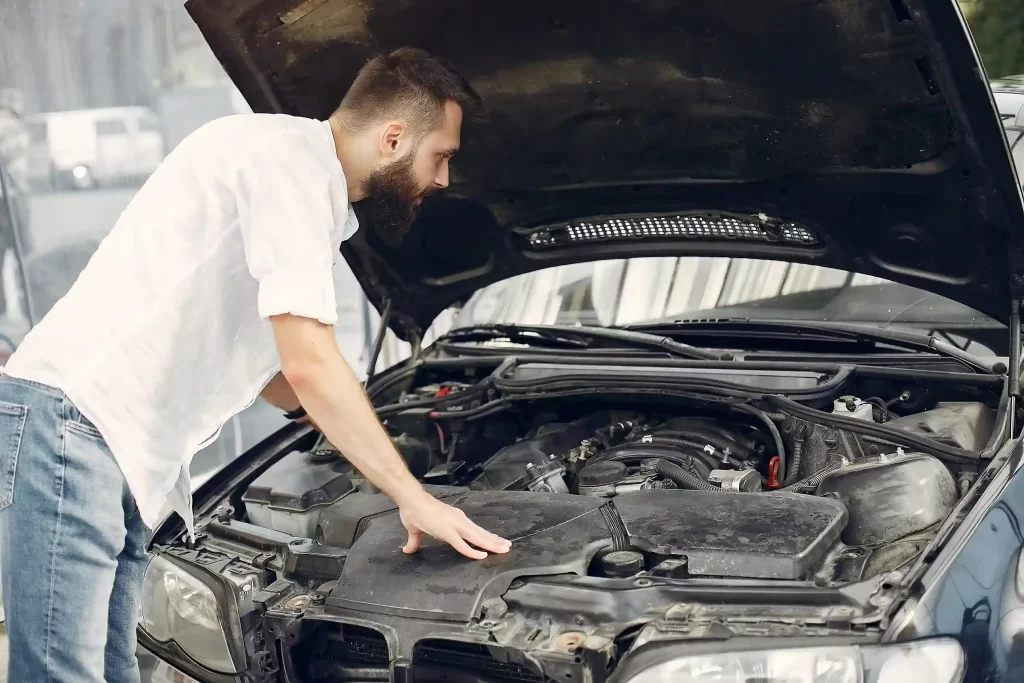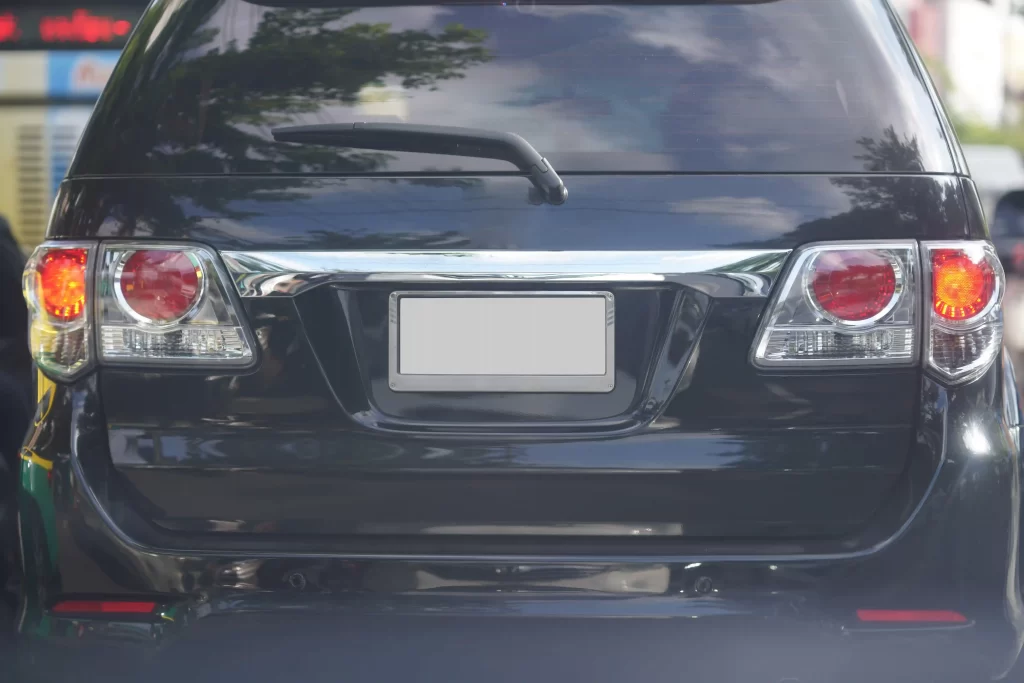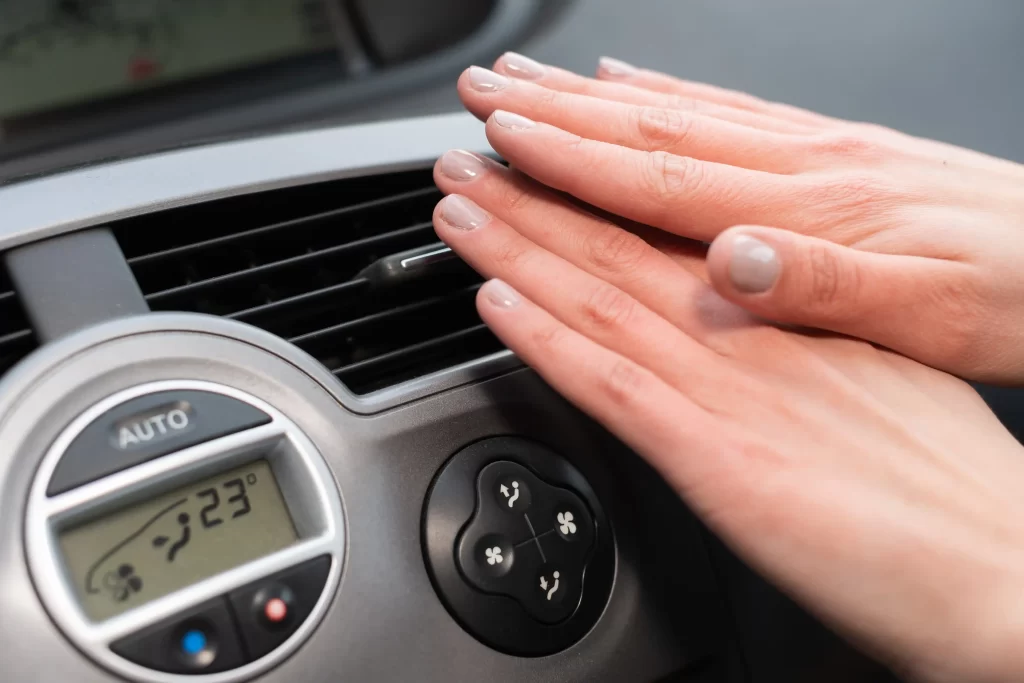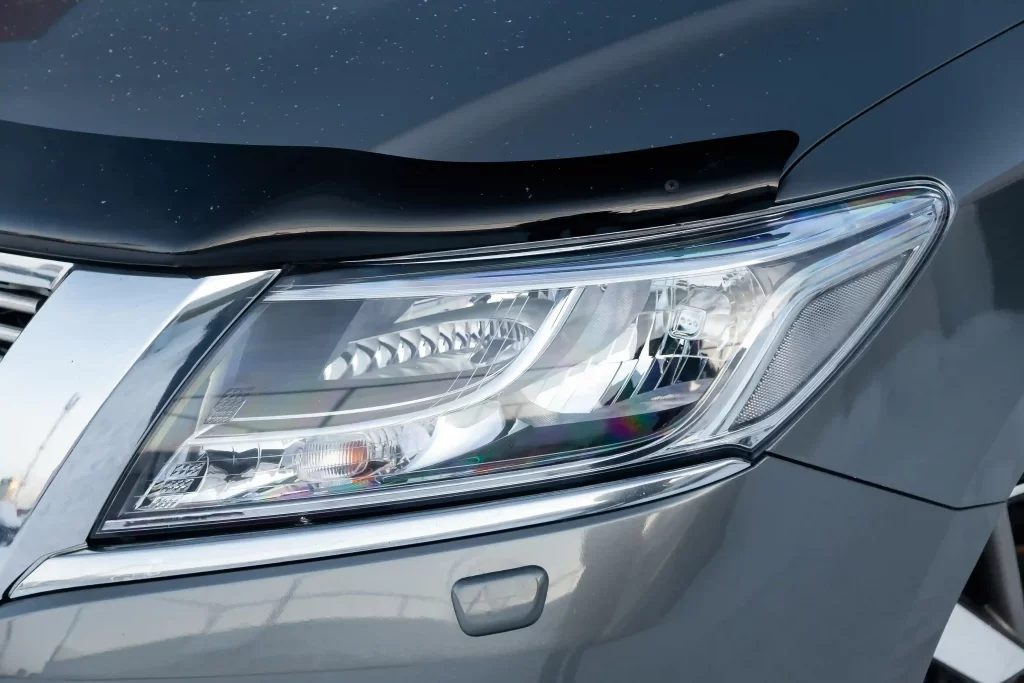Body kits have been a hit among the car enthusiasts who like to modify their vehicle over the factory level. Besides enhancing the appearance of a car, aftermarket body kits enhance the handling and aerodynamics of the car too. In this blog, we are going to describe the key characteristics of body kits, pros, types, material, and functional problems so that you may decide accordingly for modifying your car.

What Is a Body Kit and Why Choose One?
Let us first explain what a body kit is and why the majority of drivers see it as so attractive to install one on their car. A body kit is simply a collection of external accessories made to make a car more visually appealing and, in certain cases, better to drive as well.
Definition and Components of a Body Kit
A body kit normally consists of various components like front bumpers, rear bumpers, side skirts, spoilers, and hoods or fenders occasionally. All these components collectively serve to alter the shape and design of the automobile to bestow it a sportier, aggressive, or customized appearance depending on the preference of the owner. Each one of these components is designed to specifically merge with the contours of the automobile in a bid to serve up maximum overall aesthetics to the add-ons.
Purpose of Installing a Body Kit
The main reason for installing a body kit on your vehicle is to give it a special appearance that sets it apart from factory models. Form being a major factor, there are body kits for improving aerodynamics in terms of drag reduction and creation of more downforce. These modifications can have the effect of improved handling, stability at high speeds, and improved fuel efficiency, so they are well worth it for looks’ sake but also for performance.
Popularity Among Car Enthusiasts
Body kits are popular with enthusiasts because they provide an affordable method of customizing a car without drastic engine alteration. Whether your dream is for an upgrade or a complete change, a body kit is available to fit your look and budget. In addition, the owners’ capacity to customize cars allows them to place their identity in a car and personalize it.
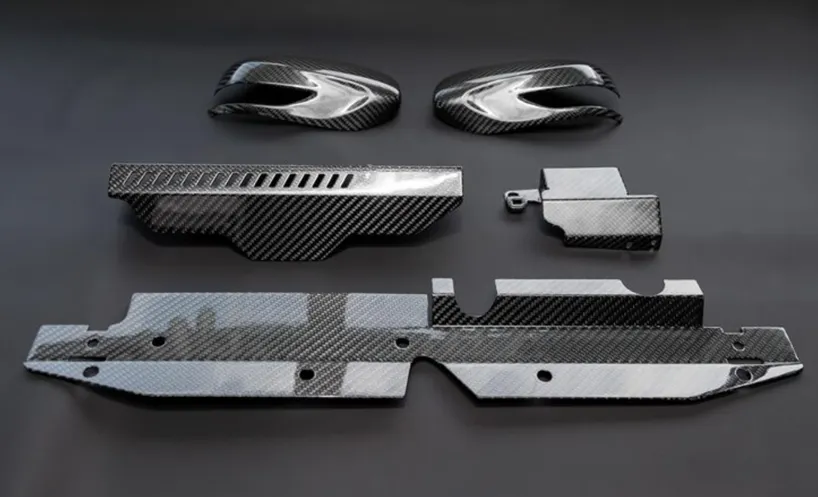
Benefits of Installing a Body Kit on Your Vehicle
Getting a body kit is not just about changing the look of your vehicle; it also has various useful advantages. The following are the key advantages that make a body kit justify the cost.
Enhancing Vehicle Appearance with a Body Kit
Perhaps the greatest benefit of body kits is that you can really improve your car’s appearance. You have a streamlined, aerodynamic look or a muscular, aggressive appearance in mind, body kits can provide a custom look that allows you to be the center of attention. Adding aggressive bumpers, styling-tinted side skirts, and speed-plate-spoiler-looking bumpers makes nondescript cars into show-stopping cars that attract attention on the road and at auto shows.
Improving Aerodynamics and Stability
There are body kits that help introduce aerodynamic capability in the guise of airflow management across the vehicle body. This enhances aerodynamics by reducing drag, lowering wind resistance and decreasing fuel consumption. Secondly, increased downforce provided by devices like front splitters and rear diffusers makes the car even more stable at speed or around corners on the road, enhancing safety and driver confidence.
Increasing Vehicle Value Through Customization
A tastefully designed body kit will also add resale value to your vehicle by making it more attractive to prospective buyers who are interested in the distinctive look. Special modifications have the impact of attracting specialized customers, thus expanding your vehicle’s market. Care must be taken, however, in selecting tasteful and quality kits so that the additions yield an increase, and not a loss, in the overall worth of your vehicle.
Common Types of Body Kits Available on the Market
Body kits are available in many forms and degrees of modification to accommodate various requirements and tastes. Knowing these types assists in selecting an appropriate kit for your car.
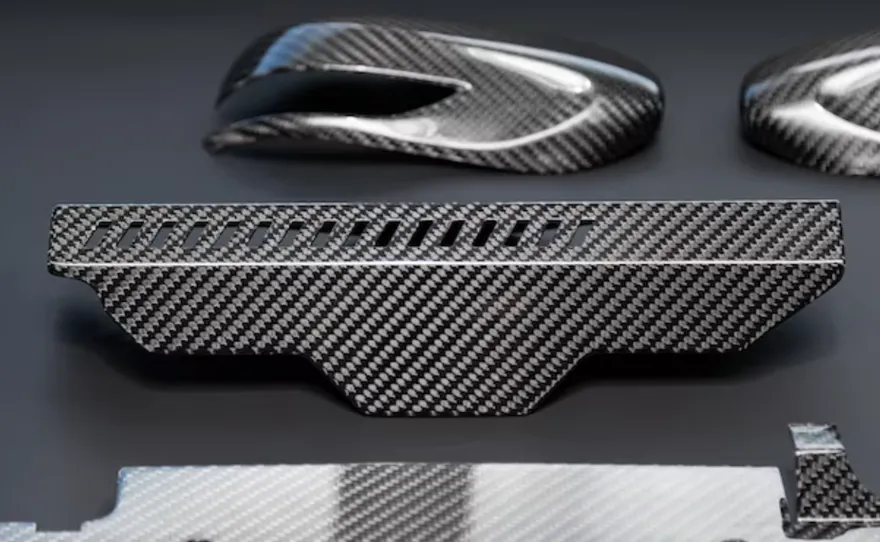
Full Body Kits: Comprehensive Transformation
Full body kits consist of all main exterior parts—front and rear bumpers, side skirts, and spoilers—a complete makeover that provides a complete overhaul. Full kits are ideal for people looking for an extreme makeover and increased aerodynamic performance. Inclusive nature of full kits is the cause of concern that they sometimes need professional fitting and precise alignment to look streamlined and well combined.
Lip Kits: Subtle and Cost-Effective Upgrades
Lip kits typically consist of small additions like bumper lips or side skirt extensions. They are not as aggressive in styling but do not require a complete overhaul, ideal for drivers who require moderate tuning. Lip kits are easier to install and typically less expensive, ideal for beginners or low-budget drivers.
Wide Body Kits: Aggressive Styling and Performance
Expanded body kits increased the footprint of the car by adding longer side skirts and fenders to support wider tires as well as enhanced grip. Beauty, naturally, comes with added performance in such kits, which are most sought after by motorsport enthusiasts or styling daredevils. Broader footprint, besides improved handling, also gives the car on the road a more powerful and commanding stance.
Custom Body Kits: Tailored to Your Preferences
For maximum personalization, there are bespoke body kits made or created based on your own concepts and car styles. That is exclusive look and fit but might translate to increased costs and longer installation time. Custom kits allow for combining of various materials, finishes, and styles, hence the potential for coming up with something entirely new for the car.
Important Material Choices for Body Kits
Choosing the right material for your body kit is crucial as it determines durability, weight, and cost. Following are the most commonly utilized materials for body kits.
Fiberglass: Affordable and Lightweight
Fiberglass is widely used as it is cheap and simple to make. It is light but brittle and liable to crack if compressed, and must thus be handled and fitted with caution. Fiberglass kits are simple to decorate in any desired color and offer tremendous freedom for decoration.
Polyurethane: Flexible and Durable
Polyurethane is more elastic and has greater impact strength than fiberglass and therefore is the best choice for daily driving. While heavier, it can take minor road blemishes without breaking, ideal for city driving with much constant quarter-mile driving.
Carbon Fiber: Premium and Lightweight
Carbon fiber is lightweight and very strong, a high-performance body kit favorite. It’s pricier but more durable and appears better with its characteristic weave pattern. Its light weight can lead to improved acceleration and handling.
Practical Considerations When Selecting a Body Kit
When purchasing and having a body kit installed, there are some practical matters that need to be addressed to have an easy upgrade experience.
Ensuring Compatibility with Your Vehicle
All car body kits are not universal for every car model. Pick a kit for the model and make of your car to minimize installation complexity and ensure fit and appearance. Poor-fitting kits will cause rattling, water overflow, or ugly appearances.
Professional Installation vs. DIY
Depending upon the kit’s complexity and your level of experience, you can either go for professional installation or DIY. Professional installation guarantees right fitment and finish but DIY is cheaper and requires experience, proper tools, and time.
Legal Regulations and Insurance Impact
These changes such as body kits influence insurance costs and can be controlled locally. Consult your insurer and local government to stay clear of any legal or financial problems. Some changes can be inspected or endorsed.
Body Kit Maintenance and Longevity
After investing in a body kit, proper care and maintenance are essential to preserve its appearance and function over time. Understanding how to maintain your kit will help extend its lifespan and keep your vehicle looking its best.
Cleaning and Protecting Your Body Kit
Regular cleaning using the correct, mild car cleaners avoids dirt buildup and maintains the surface against wear. Avoid the use of strong chemicals and abrasives that scratch or haze the finish. A carnauba-based wax or sealants specifically designed to apply to automotive plastic or glass will offer a protective layer against the deteriorating impact of UV light and weathering.
Repairing Minor Damages
Despite careful driving, small scratches, chips, or cracks can be found. Early repair using filler material or shop repairs can prevent deterioration. Certain materials are more resistant to low-impact scratching such as polyurethane but all kits can benefit from early damage treatment.
Inspecting Mounts and Fasteners
Body kits are attached to the car with mounts and fasteners that, over time, will loosen with vibration or rough road use. Tightening them from time to time keeps the kit in place, preventing rattles or lost pieces while on the road.
Conclusion
Body kits provide an excellent way of customizing your car, making it look better, and even performance improvement. By understanding the type of body kits, the types of materials, and most importantly the fitment, installation, and maintenance issues, you can make the perfect upgrade for your driving and fashion requirements. Either going for a full body kit to totally transform your car or a discreet lip kit to bring about a minor change, selecting the best parts and keeping it in shape makes your car unique without sacrificing its practicality and safety. Invest the effort into researching, choosing, and taking care of your body kit, and your car personalization experience will be worth your while. Welcome to visit us at Mercedes-Benz BMW Headlight, tail light mill, body kit OEM&ODM factory manufacturer to learn more details.

